The age of social media has truly changed the way the world operates. While some take to social media to post about their experiences and opinions, a record number of parents are participating in what is sharenting.
This article will explore the devastating consequences of what is sharenting. We will help you understand why is sharenting bad as well as the potential dangers of sharenting.
But before that let us first understand what is sharenting.
What is Sharenting
Sharenting is a term that blends “sharing” and “parenting,” has become a pervasive phenomenon in the age of social media.’
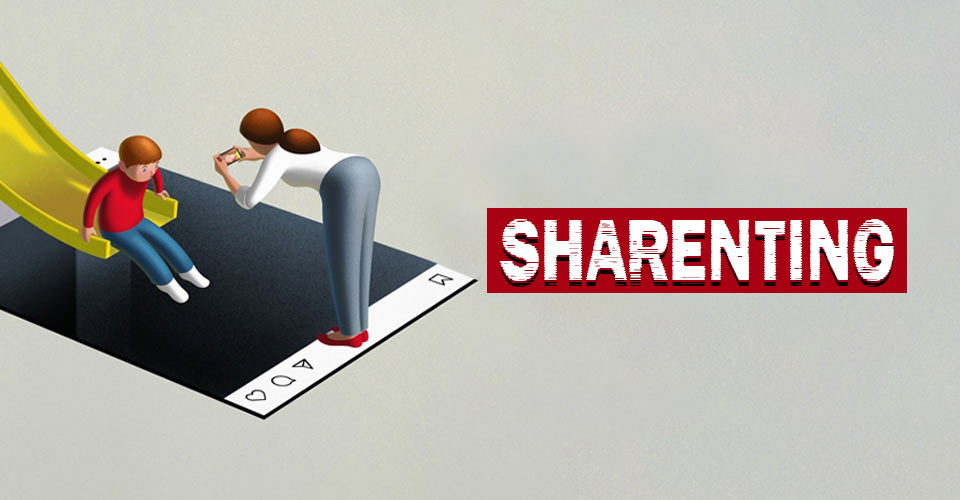
The widespread adoption of these platforms has transformed the way we communicate, exchange information, and cultivate connections, and it has had a profound impact on the way parents and caregivers interact with their children’s digital personas.
Lots of parents do this to connect with other parents and keep faraway family and friends in the loop. It’s an easy way to show off cute moments and ask for advice.
However, research has revealed the adverse effects of sharenting on the child. They think kids should have more privacy. They worry that putting a lot of kids online could be risky. It might give away too much personal info or even attract bad people.
So, it’s important for parents to be careful about what they post. It’s good to share, but it’s also important to think about keeping kids safe.
Read More: The Pitfalls Of Social Media Oversharing In Sharenting
The Sharenting Generation
The rise of kid-focused content on social media platforms has led to both the rise of kid influencers (kidfluencers) and the emergence of YouTube family channels as lucrative business opportunities.
Understanding the rise of social media will help to grasp what is sharenting.
However, this shift has raised concerns about the exploitation and potential harm to the children involved.
Kidfluencers, often as young as five years old, have gained significant popularity and are effectively making money through their online presence.
With millions of followers and endorsement deals, these young influencers are often seen as the epitome of success in the digital age.
Nevertheless, the lack of legal protection and child labor laws specific to social media platforms leaves these young individuals vulnerable to various forms of exploitation.
Read More: Post Traumatic Stress Disorder In Children: 7 Signs, Causes
Growth of Youtube
Similarly, the rise of YouTube family channels, which often feature children engaging in various activities, has drawn attention to the potential negative impacts of children being exposed to a wide audience without their explicit consent.
While some channels showcase wholesome family content, others have faced severe criticism and legal consequences due to the display of inappropriate or exploitative behavior.
Instances of children being subjected to public shaming and exploitation for the sake of viewership have raised serious ethical concerns about the unregulated nature of these platforms.
With no clear regulations in place to limit the hours spent in front of the camera or to protect children from exploitation, the well-being and privacy of these young individuals are often at risk.
The absence of child labor laws applicable to the digital realm has contributed to a lack of accountability, thereby allowing instances of potential exploitation to go unchecked. This is a serious legal issue in what is sharenting.
As the online landscape continues to evolve, ensuring the protection and well-being of children in the realm of social media remains an ongoing challenge.
It is crucial for both platforms and content creators to prioritize the ethical treatment and safeguarding of the young individuals involved in the production of such content.
Read More: Protecting Kids From Social Media Challenges 2023
Why is Sharenting Bad
Sharenting, though seemingly harmless, can have far-reaching negative consequences for children as they grow up.
Here are some of the reasons that shows why is sharenting bad:
1. Oversharing and Violating Children’s Privacy
Sharing too much about their children online can breach their privacy. Details about health issues or personal struggles can strain the parent-child relationship as the child matures.

Moreover, revealing sensitive information like full names, addresses, or birthdates can make children vulnerable to identity theft and compromise their future financial security.
2. Long-Term Impact on Children’s Digital Identities
Parents’ online activities can significantly shape their children’s digital identities, even before the children are old enough to decide for themselves.
Embarrassing or inappropriate information shared online can subject children to potential bullying and affect their self-esteem and development.
3. Impact on Parent-Child Relationships
Sharenting can become a source of conflict between parents and adolescents. When parents share information that adolescents find embarrassing or contradictory to their self-presentation, it can lead to a breakdown in communication and trust.

Studies reveal the dangers of sharenting which shows adolescent kids may show symptoms of narcissism and narcissistic behavior.
Adolescents may resort to withholding information to exert control over what is shared online about them.
4. Blurring the Concept of Strangers
Sharing extensively about children can lead them to believe that everyone knows them, blurring the line between strangers and acquaintances.
This lack of distinction can make children vulnerable to trusting potentially dangerous individuals, posing a threat to their safety.
It’s crucial for parents to be mindful of the dangers of sharenting, as well as beware of what they share about their children online and its potential impact on their privacy, security, and overall well-being. This will help you to realize why is sharenting bad for children.
Balancing the desire to share with protecting the child’s right to privacy is essential in ensuring a healthy and secure upbringing.
Read More: What Are Parenting Styles? 4 Different Types and Impact
What are the Dangers of Sharenting?
Posting photos of your kids online might seem harmless, but it can expose them to several dangers and risks.
Here are the 6 devastating consequences of why is sharenting bad for children:
1. Lack of Privacy

Even with privacy settings, there’s no guarantee that your children’s photos will remain private. Screenshots and data breaches can easily make their images accessible to a wider audience, leading to potential privacy breaches.
2. Digital Kidnapping
Revealing personal information such as names and birthdates on social media can increase the risk of identity theft. This information, combined with other illegally obtained data, can be used for digital kidnapping, posing a serious threat to your child’s safety.
3. Sexual Exploitation
Photos shared innocently can be misused or manipulated to take on a sexual nature. Predators can use these images for malicious purposes, leading to emotional trauma and harm for the children involved.
4. Emotional Impact
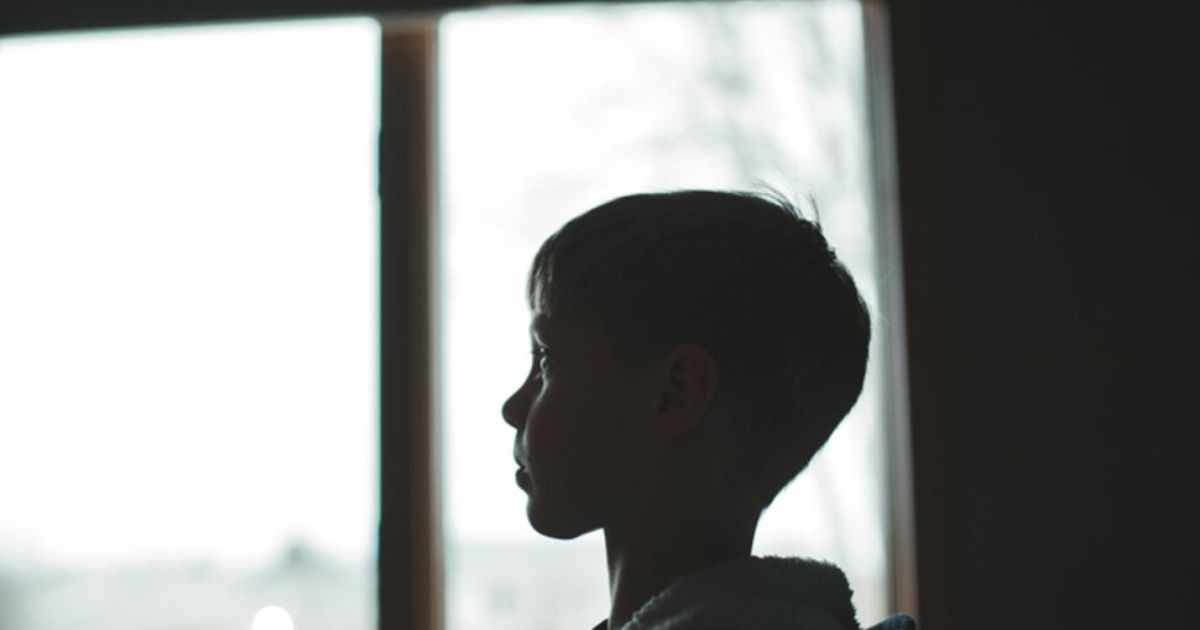
Children might experience shame or embarrassment from their childhood photos shared online, leading to emotional distress. Negative consequences of their digital footprint might surface later in life, affecting their self-image and relationships.
5. Metadata Risks
Metadata attached to photos can reveal sensitive information about your child, enabling data brokers to build detailed profiles. This information can be used for targeted advertising or other manipulative purposes, putting your child’s privacy at risk.
6. Online Permanence
Uploaded photos become the property of social media platforms, making it challenging to remove them from the internet. This creates a sense of permanence, potentially affecting your child’s future opportunities or causing embarrassment later in life.
There is a lack of concrete regulations governing the sharing of children’s photos online. Current privacy laws often do not effectively cover social media platforms, leaving children vulnerable to various risks without adequate legal protection.
It’s essential to be mindful of the risks associated with sharing children’s photos online and to consider the long-term implications on their privacy and well-being. Prioritizing their safety and protecting their digital footprint is crucial in the age of widespread digital sharing.
Read More: Top 10 Fun Activities for Kids
Being a Responsible Parent
Sharing your children’s moments online can have unintended consequences. It’s crucial to be mindful of the dangers of sharenting and take steps to protect your child.
Think twice before sharing personal information about your children. It’s essential to safeguard their privacy by not revealing sensitive details that could be misused.
As your children grow, involve them in the decision-making process. Respect their opinions and get their permission before posting content that could impact their self-image.
Regularly review and update your social media privacy settings. Limit who can see your posts and make sure your information is protected. This safeguards not just your child but your entire family.
By being informed and understanding why is sharenting bad, we can navigate this new terrain together, ensuring our children’s well-being and preserving their privacy for years to come.
Frequently Asked Questions (FAQs)
1. What is sharenting?
Sharenting refers to the practice of parents sharing information, images, or videos of their children on social media platforms. This can include various aspects of their children’s lives, ranging from daily activities to milestones and achievements.
2. Why is sharenting bad?
Sharenting can have negative implications for children, including compromising their privacy, exposing them to potential risks such as identity theft or exploitation, and impacting their emotional well-being.
3. What are the dangers of sharenting?
The dangers of sharenting include the risk of privacy breaches, digital kidnapping, potential sexual exploitation, emotional harm, the misuse of metadata, and the long-term permanence of online content.
4. Why do parents participate in sharenting?
Parents often engage in sharenting with the intention of sharing their joy and experiences with their extended social network. It can be a way to connect with other parents, seek validation, and celebrate their children’s milestones.
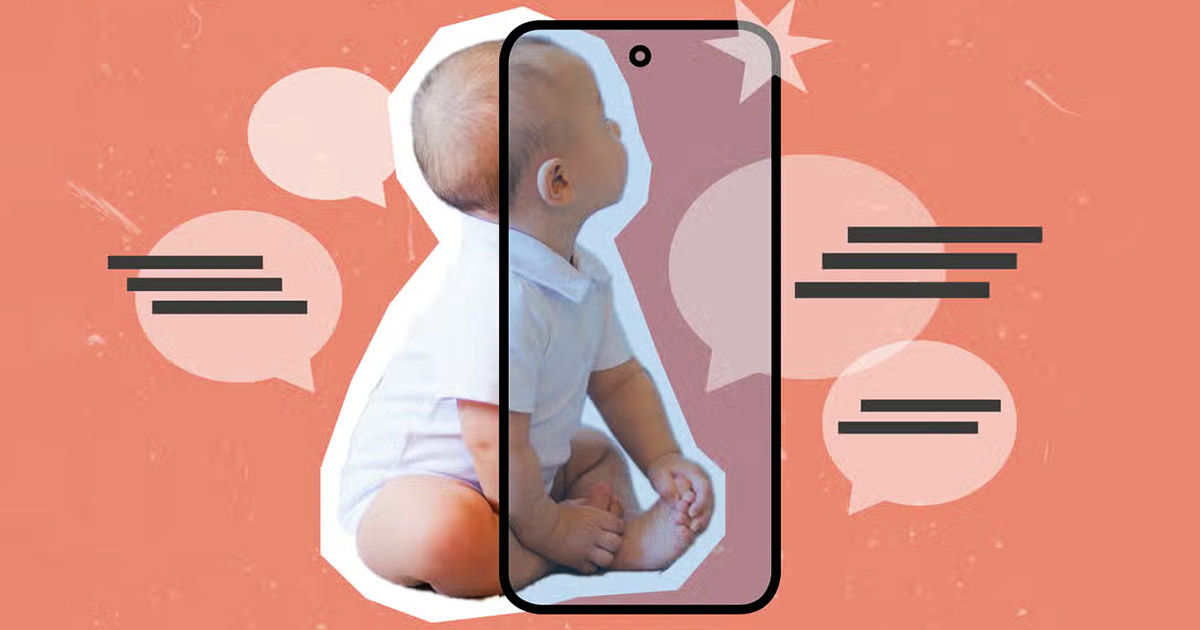
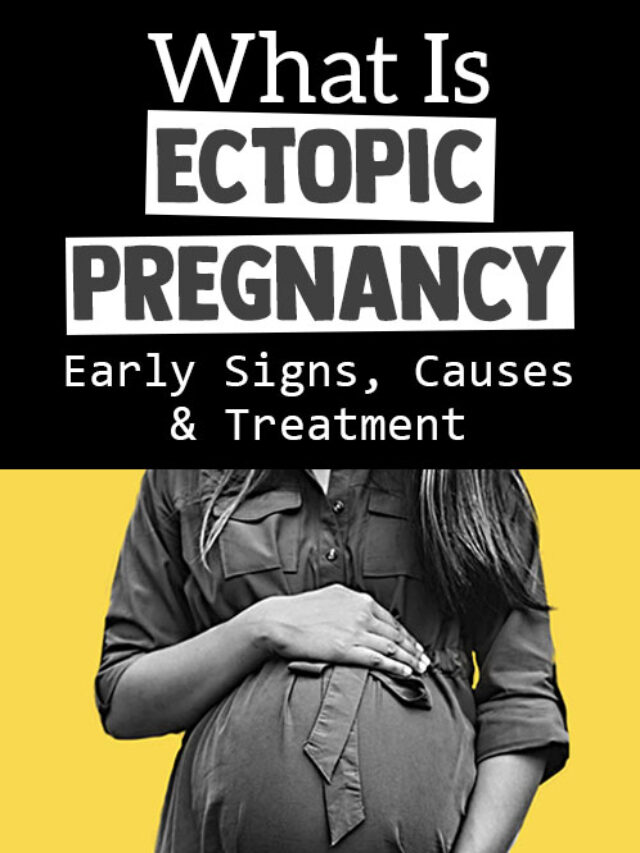
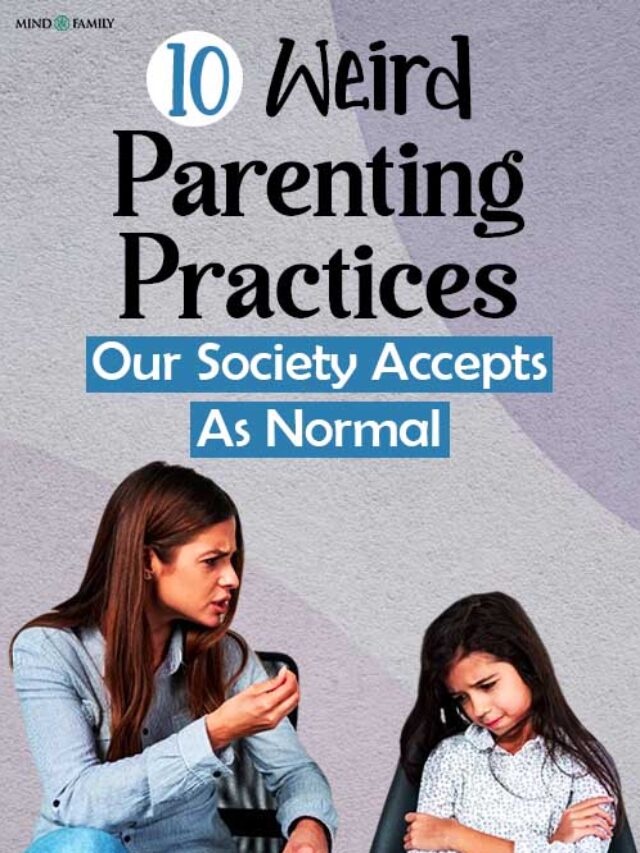

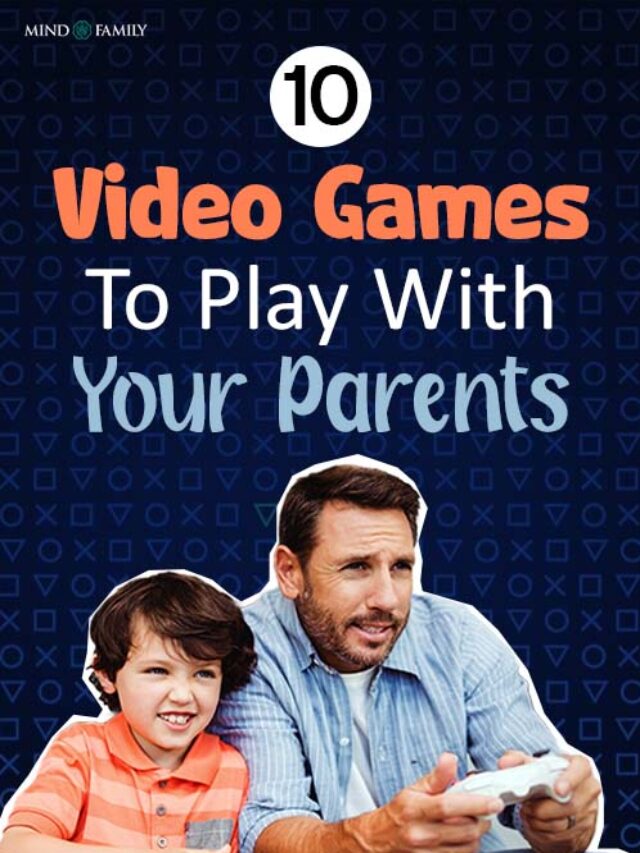

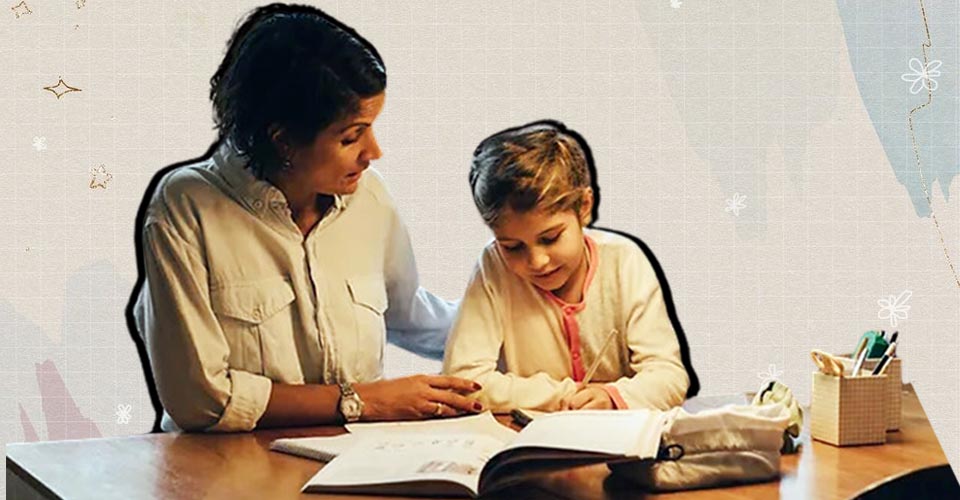


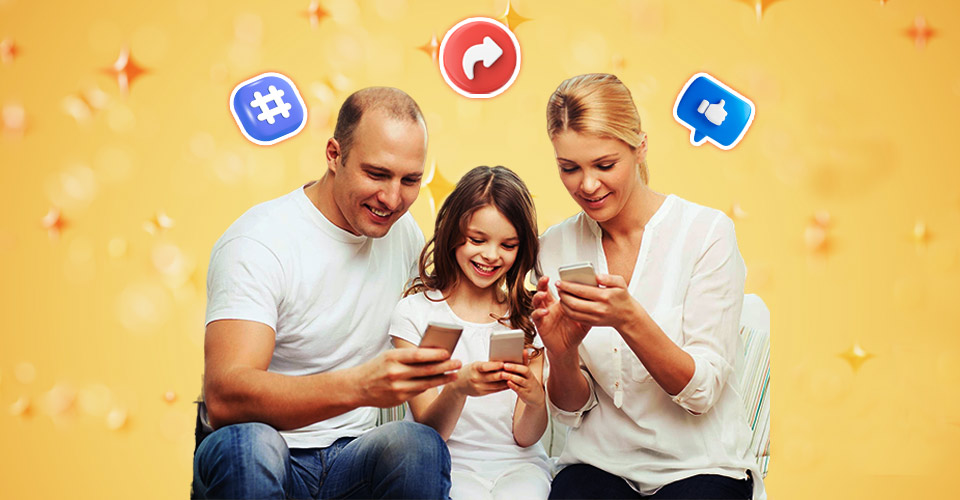
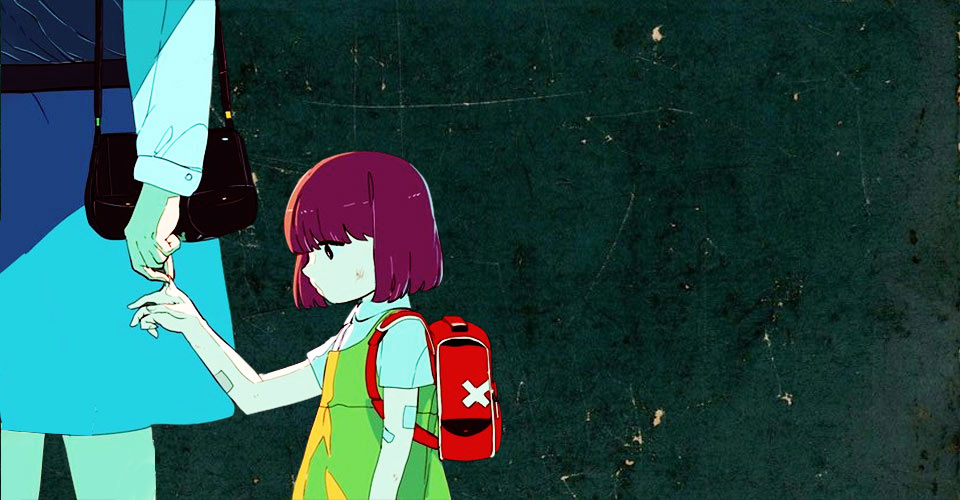
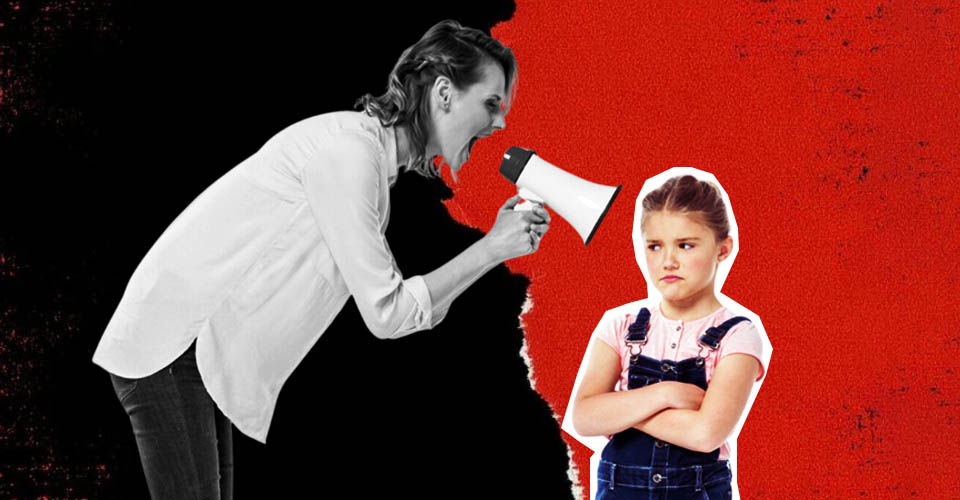
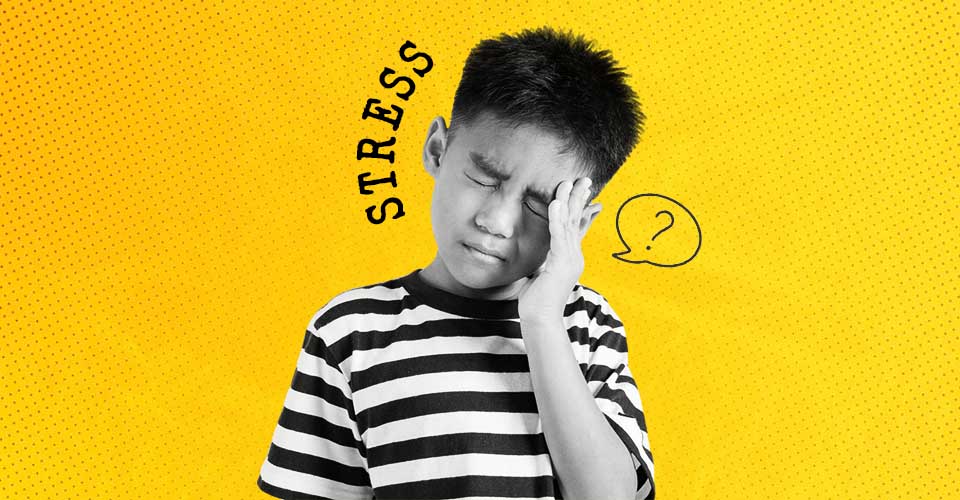

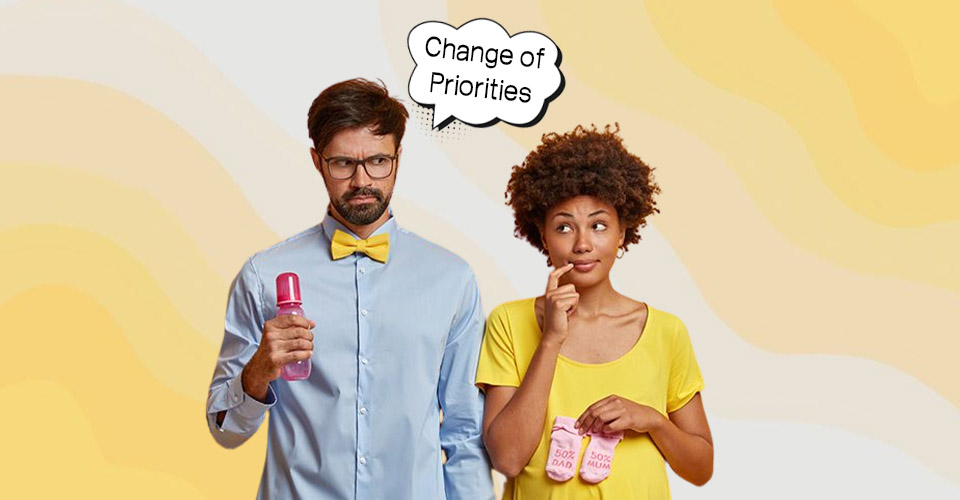

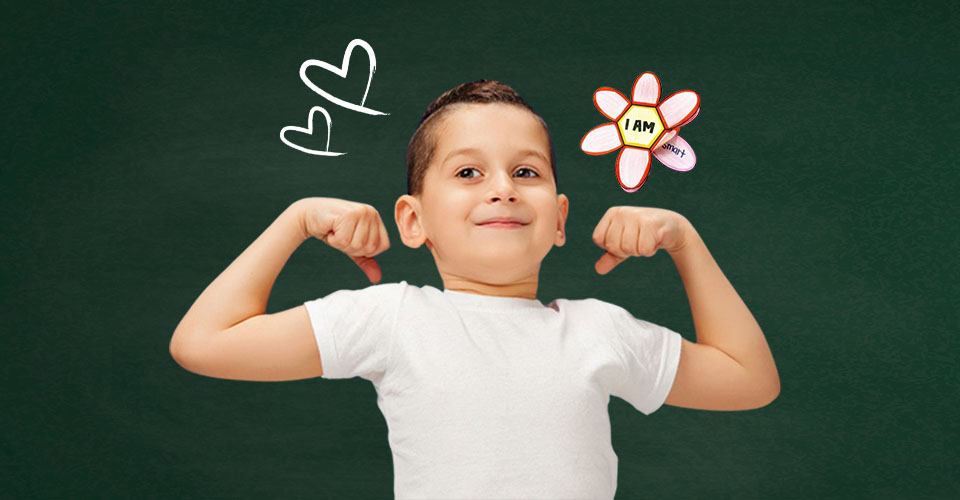
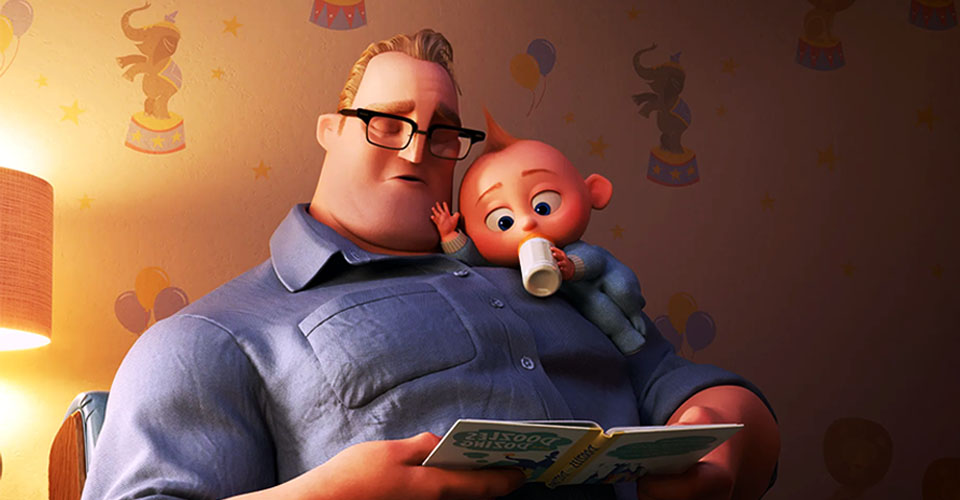
Leave a Reply